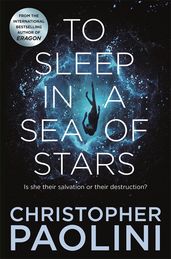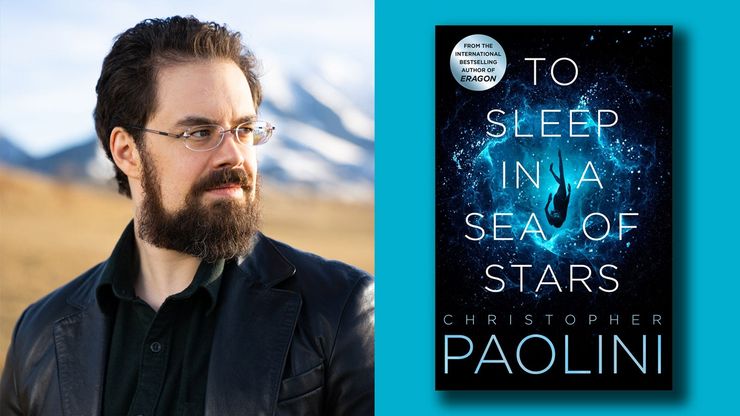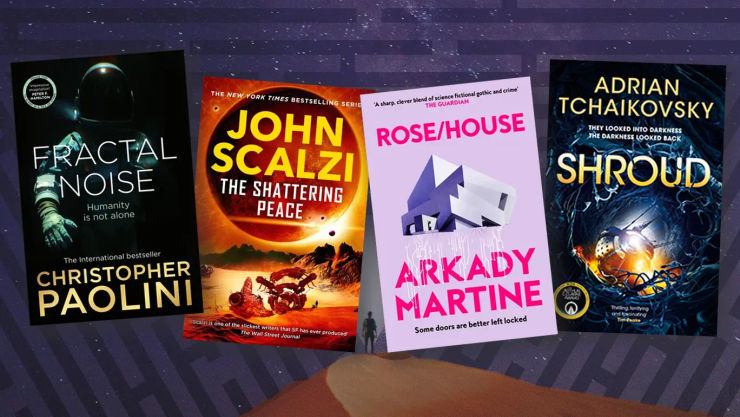Christopher Paolini’s favourite sci-fi books of all time
Christopher Paolini, the author of Eragon and the epic science fiction novel To Sleep in a Sea of Stars, knows his sci-fi. Here, he shares his favourite science fiction books of all time.
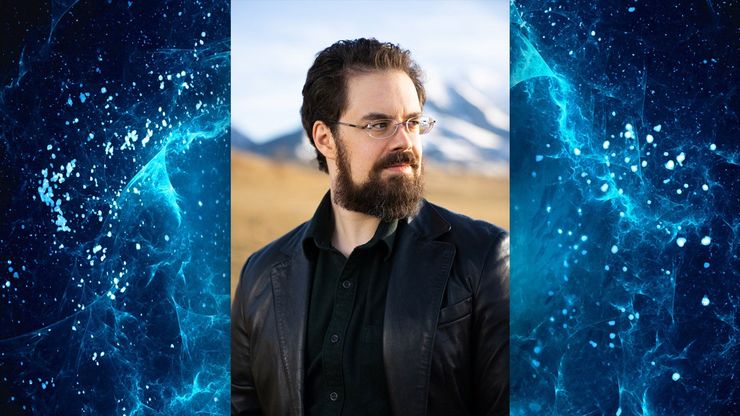
What would happen if humans made contact with intelligent alien life? Could humanity colonize distant planets? How will technology change society? These are questions that have fascinated the best science fiction writers, including Eragon author Christopher Paolini, whose thrilling novel To Sleep in a Sea of Stars explores the idea of first contact. Here, Christopher shares his favourite sci-fi books of all time.
Can't get enough science fiction? Discover our edit of the best sci-fi books.
As with any top ten or favourites list, it’s inevitable that many deserving entrants will be passed over. Below, you may notice the absence of Ray Bradbury, Gene Wolfe, Ursula K. Le Guin, Philip K. Dick, C. J. Cherry, or any number of pillars of the genre. There is also a conspicuous lack of books published in recent years. This is partly due to my own reading habits, and partly because the following are some of the books that I imprinted upon at an early age and which have had an enormous influence on my thinking and writing.
With that said, onward to the list!
Christopher Paolini’s favourite science fiction books
Dune
by Frank Herbert
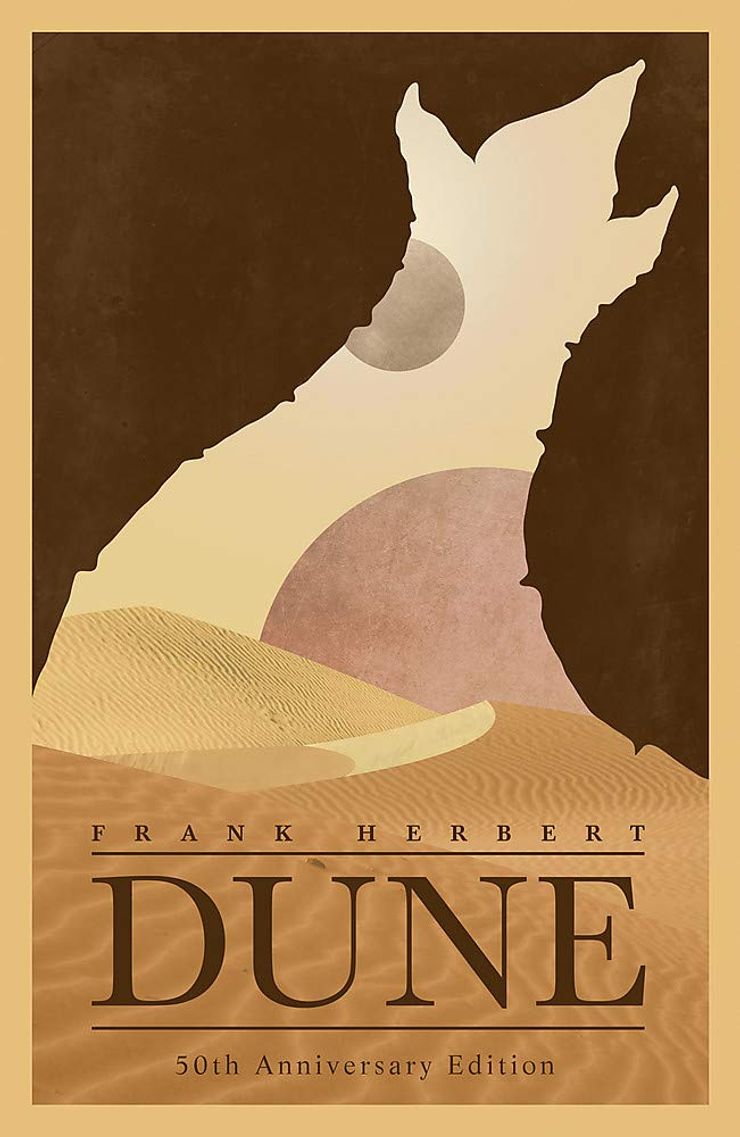
More space fantasy than science fiction, Dune nevertheless remains incredibly influential in the genre. Personally, I find myself drawn to both the mythic structure of the story and the unique flavour of the setting. Herbert’s prose isn’t to everyone’s taste – being in many ways a pastiche of T. E. Lawrence – but I quite like the odd, somewhat archaic style.
Hyperion and sequels
by Dan Simmons
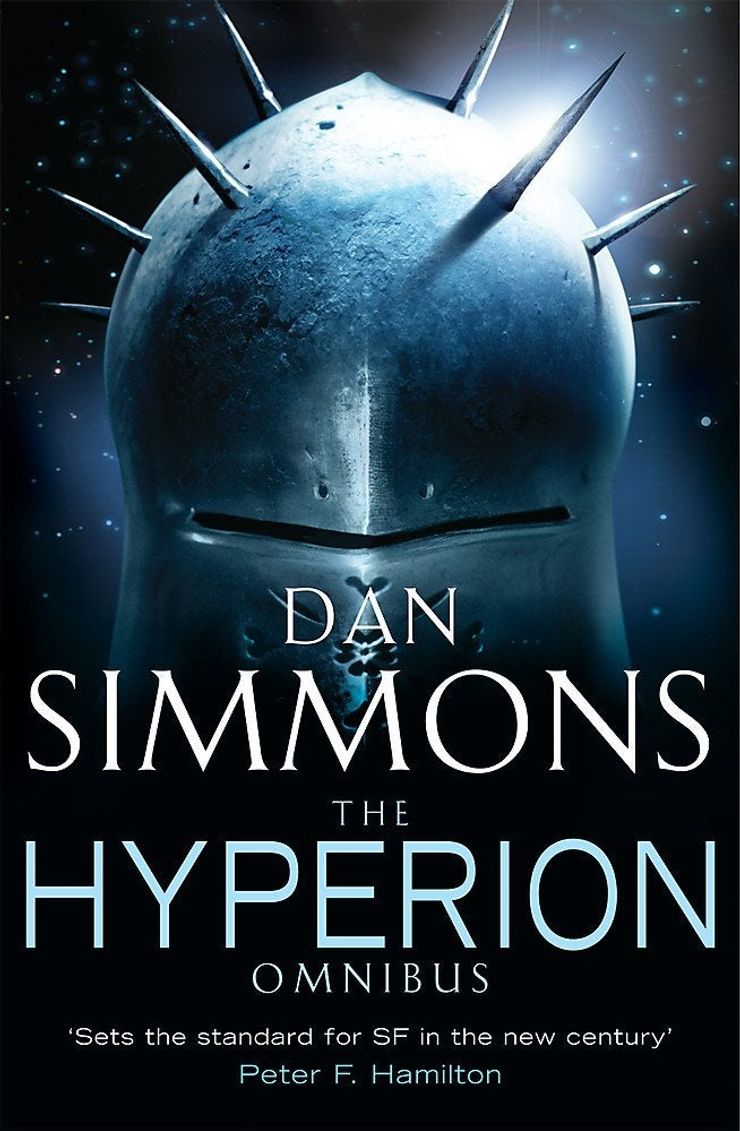
Baroque, enormously complicated, and oftentimes contradictory, the Hyperion series can be a frustrating read. But it’s filled with brilliant writing and equally brilliant concepts, and it’s one of the few far-future works that manages to pair interesting and somewhat relatable characters with the sometimes truly outlandish creations advanced technology makes possible. (Simmon’s living Dyson sphere being a particular favourite of mine.)
Wild Seed
by Octavia E. Butler

As close to a perfect book as I can imagine. There’s almost nothing that one could do to improve Butler’s prose, pacing, or characterization. She never gives you an excuse to not turn the page . . . which is why I read Wild Seed in a single sitting. The moral issues Butler addresses make for fascinating drama.
Farmer in the Sky
by Robert A. Heinlein
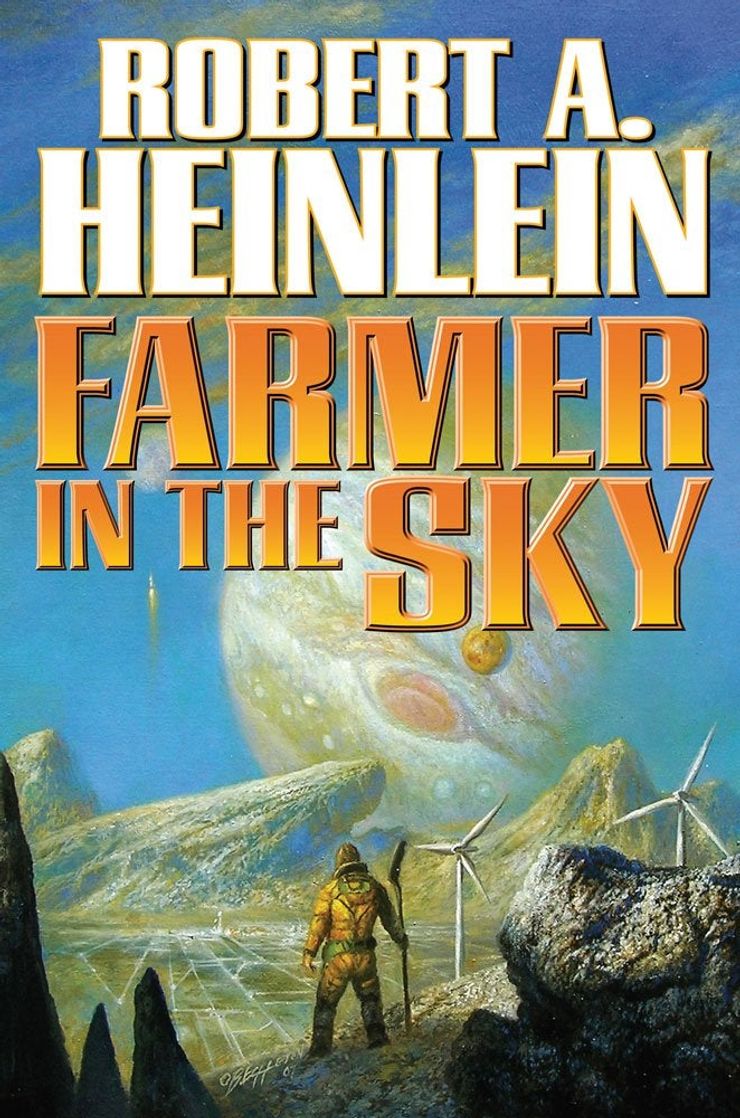
The unbridled optimism and can-do attitude of Farmer in the Sky makes me smile. Even though the main characters are fleeing an overcrowded Earth, the sense of possibility that Heinlein had about humanity’s future was a wonderful thing. Alas, the female characters aren’t handled particularly well – mainly because of their lack of presence – which is a regrettable flaw in an otherwise admirable YA(ish) story.
Starship Troopers
by Robert A. Heinlein
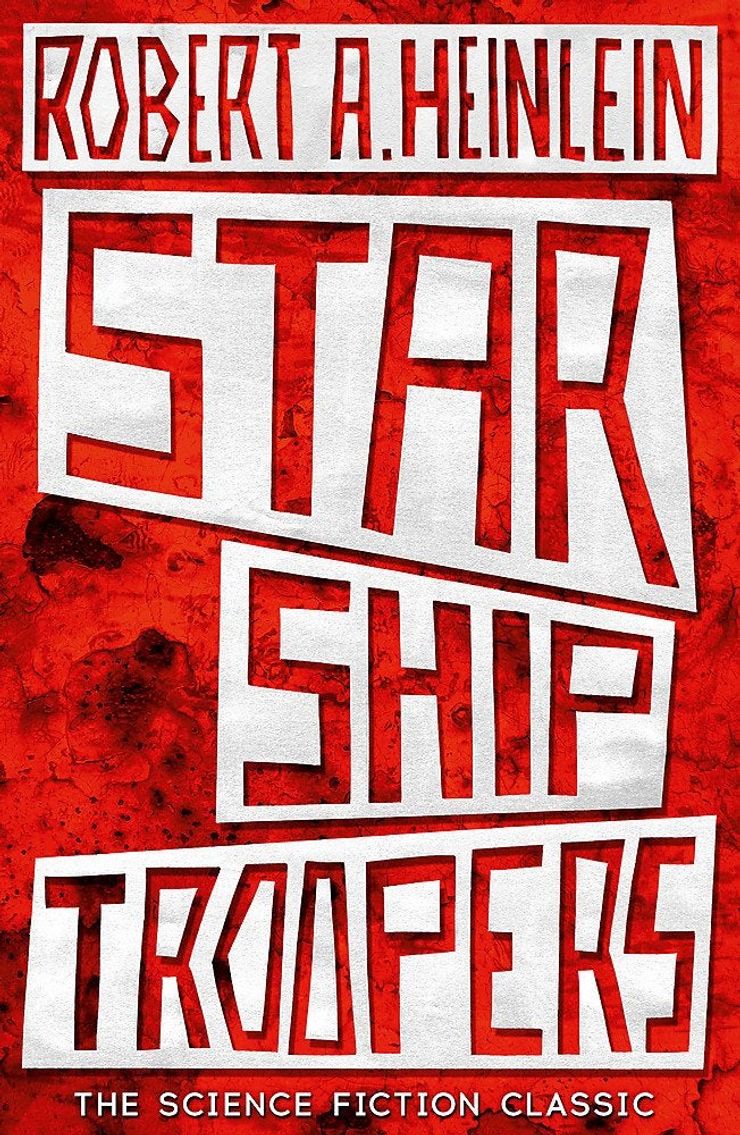
Starship Troopers is the archetypal military sci-fi book . . . and yet it’s far more concerned with the politics and philosophy of its setting than so many of its successors. The action is almost an afterthought. The book also has a rather odd story structure that can take some effort to get into. But it is worth the effort, and though Heinlein often takes a different view of society than many of us do today, I still find myself wishing that more authors were willing to grapple with the questions and issues that Golden Age sci-fi authors so often threw themselves at.
Moon of Three Rings
by Andre Norton
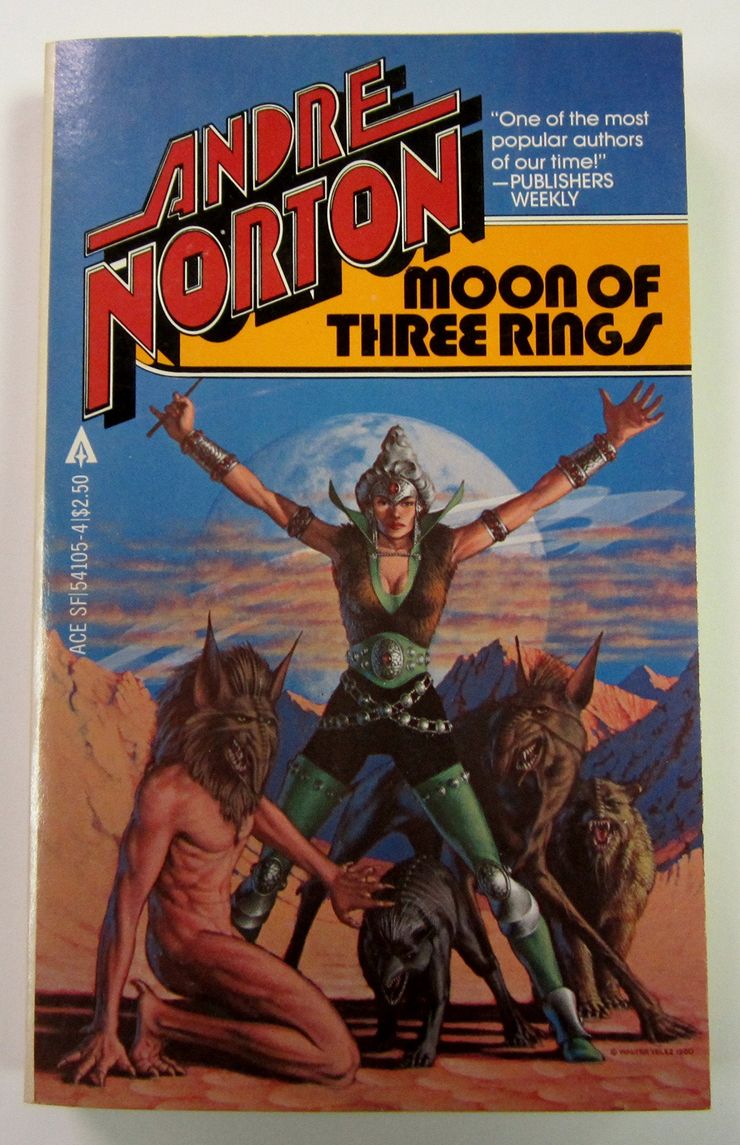
Like Dune, this book may be more fantasy than science fiction, but it has a wonderful, somewhat eerie feeling. If humanity spreads among the stars and establishes itself on countless different planets, what strange things might a spacer find in the out-of-the-way corners? Do yourself a favour and don’t read any spoilers for the book. It’s best tackled without expectations. There are sequels if you want, and I remember reading and enjoying the second one.
The Persistence of Vision
by John Varley
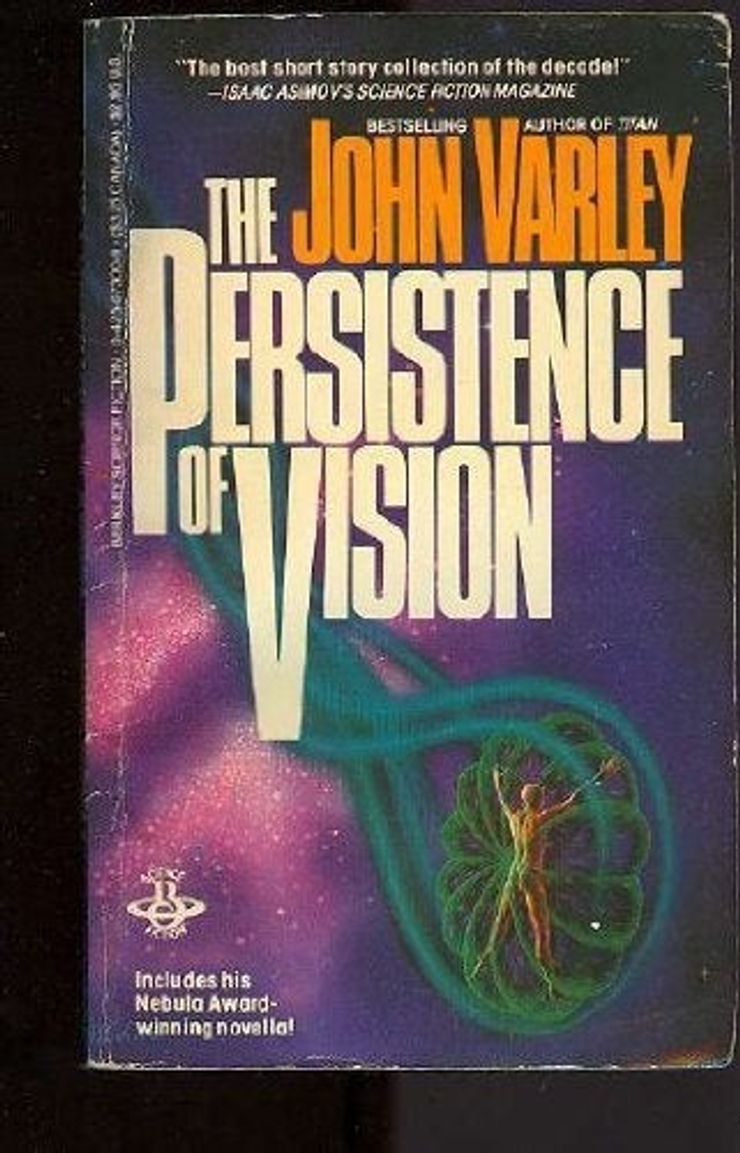
Varley has written a number of excellent books – The Golden Globe being one of my favourites – but I’d recommend starting with this short story collection. Each story is beautifully written, and the titular entry won both the Hugo and the Nebula. Deservedly so, in my opinion. As a writer, Varley manages to capture the weirdness of humanity without losing the ability to write believable characters. He also does a great job of evoking a sense of wonder about the possibilities of our future . . . You know, after writing that, I think I have to go read his work again!
Smilla’s Sense of Snow
by Peter Høeg

Not science fiction as the genre is commonly understood, but it still fits firmly within the overarching category. The greatest strength of the book is Smilla’s character. Høeg perfectly captures what it feels like to be an outsider: something that so many attempt and fail. I would go further and argue that Smilla did everything that The Girl with the Dragon Tattoo was trying to do . . . only better and about thirteen years earlier. What’s more, the film adaptation of Smilla really matches the feel of the book. A rare thing in Hollywood. If you haven’t already read the book, I’d recommend watching the film first and then tackling the novel.
Rendezvous with Rama
by Arthur C. Clarke

Classic hard sci-fi. Short, full of interesting ideas, and with one of the best ending lines in the genre. (Seriously, Hollywood, why haven’t you adapted this yet?) In many ways, a more human and interesting take on the first contact idea Clark explored in 2001.
Tales of the Dying Earth
by Jack Vance
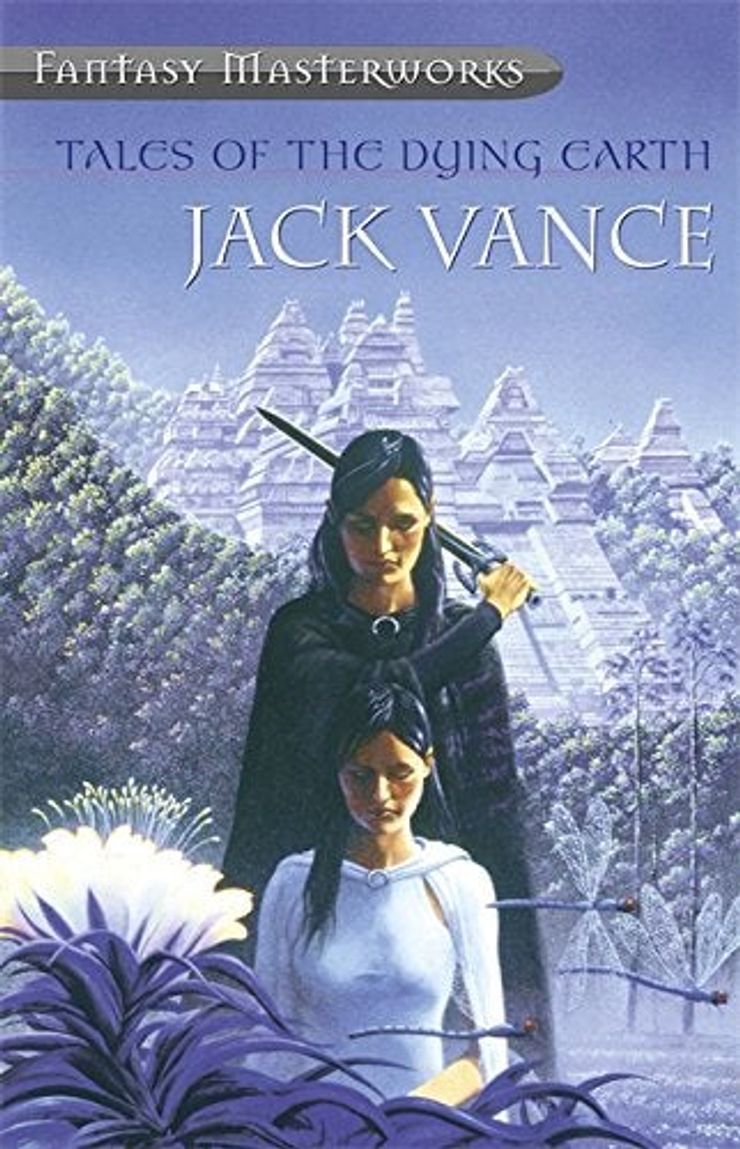
I debated putting the Book of the New Sun series by Wolfe here, but Vance has the advantage of brevity. In fact, that might be the key to his success. He was, in a single paragraph, able to sketch the most incredible cultures and societies. With a throwaway line, he’d outline a world as interesting as all of Dune. And he did it again and again and again. His approach didn’t lend itself to constructing large, self-sustaining epics, but that’s okay. The gleaming spots of brilliance dotted throughout his stories are pleasure enough.
(Honorable mentions go to: Lois McMaster Bujold, Adreas Eschbach for The Carpet Makers, James Alan Gardner for his Expendable series (his character Oar is fantastic), Iain Banks, Neal Stephenson, Jane Yolen, Anne McCaffery, and so many, many more.)
Discover Christopher's unmissable sci-fi book, To Sleep in a Sea of Stars, here:
To Sleep in a Sea of Stars
by Christopher Paolini
To Sleep in a Sea of Stars is the masterful epic science fiction novel from New York Times and Sunday Times bestselling author, Christopher Paolini. The novel follows xenobiologist Kira Navárez as she discovers an alien relic that thrusts her into the wonders and nightmares of first contact. Epic space battles for the fate of humanity ensue, taking her to the farthest reaches of the galaxy and, in the process, transform not only her – but the entire course of history.
